

Structural Mechanics
₹1,695.00
A Darkov | Category: Engineering
Binding Type: Hard Binding
Book Details
ISBN: 9789384370039
YOP: 2016
Pages: 796
Order also on
The last few decades have witnessed a dramatic increase in the application of numerical computation to problems in solid and structural mechanics. The burgeoning of computational mechanics opened a pedagogical gap between traditional courses in elementary strength of materials and the finite element method that classical courses on advanced strength of materials and elasticity do not adequately fill. In the past, our ability to formulate theory exceeded our ability to compute. In those days, solid mechanics was for virtuosos. With the advent of the finite element method, our ability to compute has surpassed our ability to formulate theory. As a result, continuum mechanics is no longer the province of the specialist. What an engineer needs to know about mechanics has been forever changed by our capacity to compute. This book attempts to capitalize on the pedagogical opportunities implicit in this shift of perspective. It now seems more appropriate to focus on fundamental principles and formulations than on classical solution techniques.
1. Kinematic Analysis of Structures
2. Beams
3. Three-Hinged Arches and Frames
4. The Trusses
5. Space Gramework
6. Kinematic Method of Influence Line Construction
7. Strain energy Theory and General Methods of Displacement Computation
8. Analysis of the Simpler Statically Indeterminate Structuresby the Method of Forces
9. Analysis of Highly Redundant Statically Indeterminate Systems by the Method of Forces
10. Redundant Arches
11. Slope and Deflections. Combined and Mixed Methods
12. The Finite element Analysis
13. Structure Design by Bearing Capability
14. Stability of Elastic Systems
15. Introduction to dynamics of Hinged Systems
16. Fundamentals of Design of Three-Dimensional Thin-Wall Structures
The last few decades have witnessed a dramatic increase in the application of numerical computation to problems in solid and structural mechanics. The burgeoning of computational mechanics opened a pedagogical gap between traditional courses in elementary strength of materials and the finite element method that classical courses on advanced strength of materials and elasticity do not adequately fill. In the past, our ability to formulate theory exceeded our ability to compute. In those days, solid mechanics was for virtuosos. With the advent of the finite element method, our ability to compute has surpassed our ability to formulate theory. As a result, continuum mechanics is no longer the province of the specialist. What an engineer needs to know about mechanics has been forever changed by our capacity to compute. This book attempts to capitalize on the pedagogical opportunities implicit in this shift of perspective. It now seems more appropriate to focus on fundamental principles and formulations than on classical solution techniques.
1. Kinematic Analysis of Structures
2. Beams
3. Three-Hinged Arches and Frames
4. The Trusses
5. Space Gramework
6. Kinematic Method of Influence Line Construction
7. Strain energy Theory and General Methods of Displacement Computation
8. Analysis of the Simpler Statically Indeterminate Structuresby the Method of Forces
9. Analysis of Highly Redundant Statically Indeterminate Systems by the Method of Forces
10. Redundant Arches
11. Slope and Deflections. Combined and Mixed Methods
12. The Finite element Analysis
13. Structure Design by Bearing Capability
14. Stability of Elastic Systems
15. Introduction to dynamics of Hinged Systems
16. Fundamentals of Design of Three-Dimensional Thin-Wall Structures
| Weight | 1.345 kg |
|---|---|
| Dimensions | 24.3 × 16.4 × 4.2 cm |
| yop |
2016 |
| subject-category |
Engineering |
| isbn |
9789384370039 |

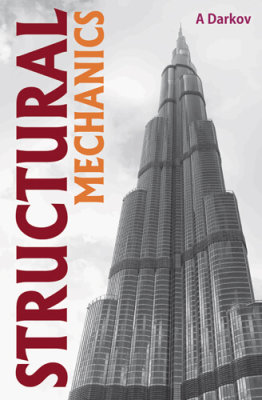


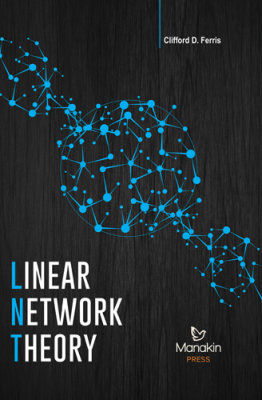

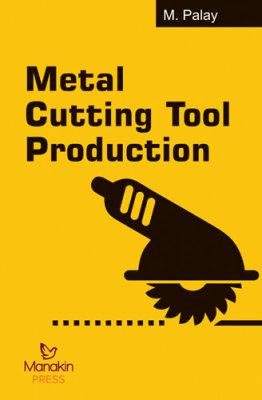
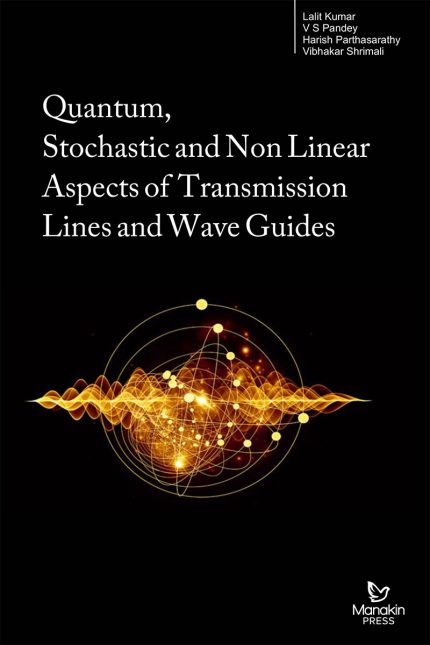

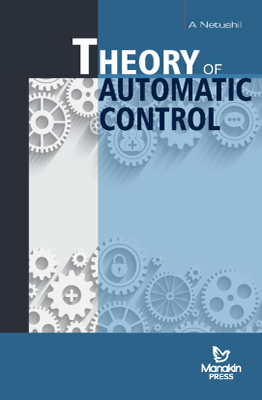
Reviews
There are no reviews yet.